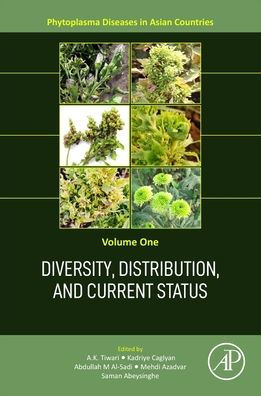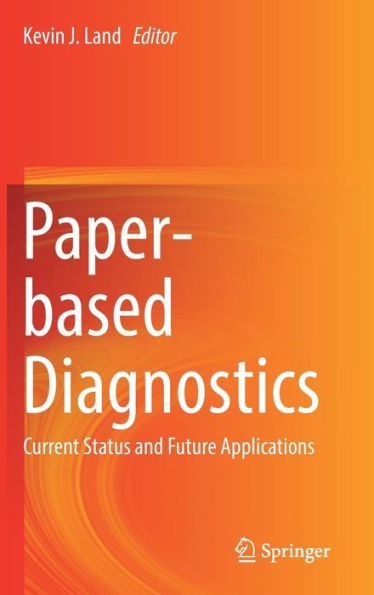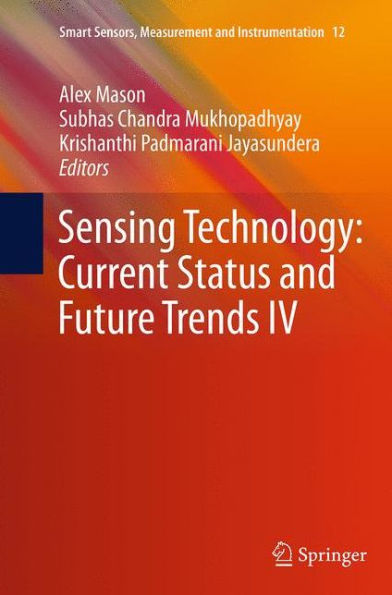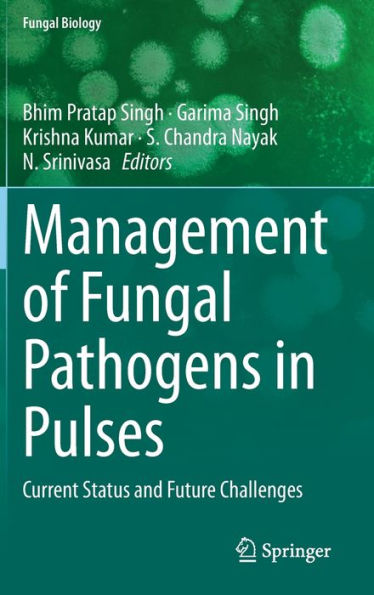Home
Diversity, Distribution, and Current Status
Loading Inventory...
Barnes and Noble
Diversity, Distribution, and Current Status
Current price: $200.00


Barnes and Noble
Diversity, Distribution, and Current Status
Current price: $200.00
Loading Inventory...
Size: Paperback
*Product Information may vary - to confirm product availability, pricing, and additional information please contact Barnes and Noble
Diversity, Distribution, and Current Status
is the first volume in a three-volume series dedicated to the analysis of this important group of plant pathogens across Asia with a particular focus on geographic distribution. This book offers updated data on the most prevalent phytoplasma diseases specific to each region.
Phytoplasmas are emerging plant pathogens all around the world, causing significant economic losses to crops, as well as affecting international trade. The chapters in Volume 1 look closely at different countries and regions across Asia, providing data on country-wide distribution, phytoplasma groups, insect vectors and transmission.
The Phytoplama Diseases in Asian Countries
series will be an essential read for university students, researchers and agriculturalists interested in Plant Pathology. Volume 1 will be of particular interest to those needing the latest data on the distribution and transmission rates specific to the various regions of Asia.
is the first volume in a three-volume series dedicated to the analysis of this important group of plant pathogens across Asia with a particular focus on geographic distribution. This book offers updated data on the most prevalent phytoplasma diseases specific to each region.
Phytoplasmas are emerging plant pathogens all around the world, causing significant economic losses to crops, as well as affecting international trade. The chapters in Volume 1 look closely at different countries and regions across Asia, providing data on country-wide distribution, phytoplasma groups, insect vectors and transmission.
The Phytoplama Diseases in Asian Countries
series will be an essential read for university students, researchers and agriculturalists interested in Plant Pathology. Volume 1 will be of particular interest to those needing the latest data on the distribution and transmission rates specific to the various regions of Asia.

















